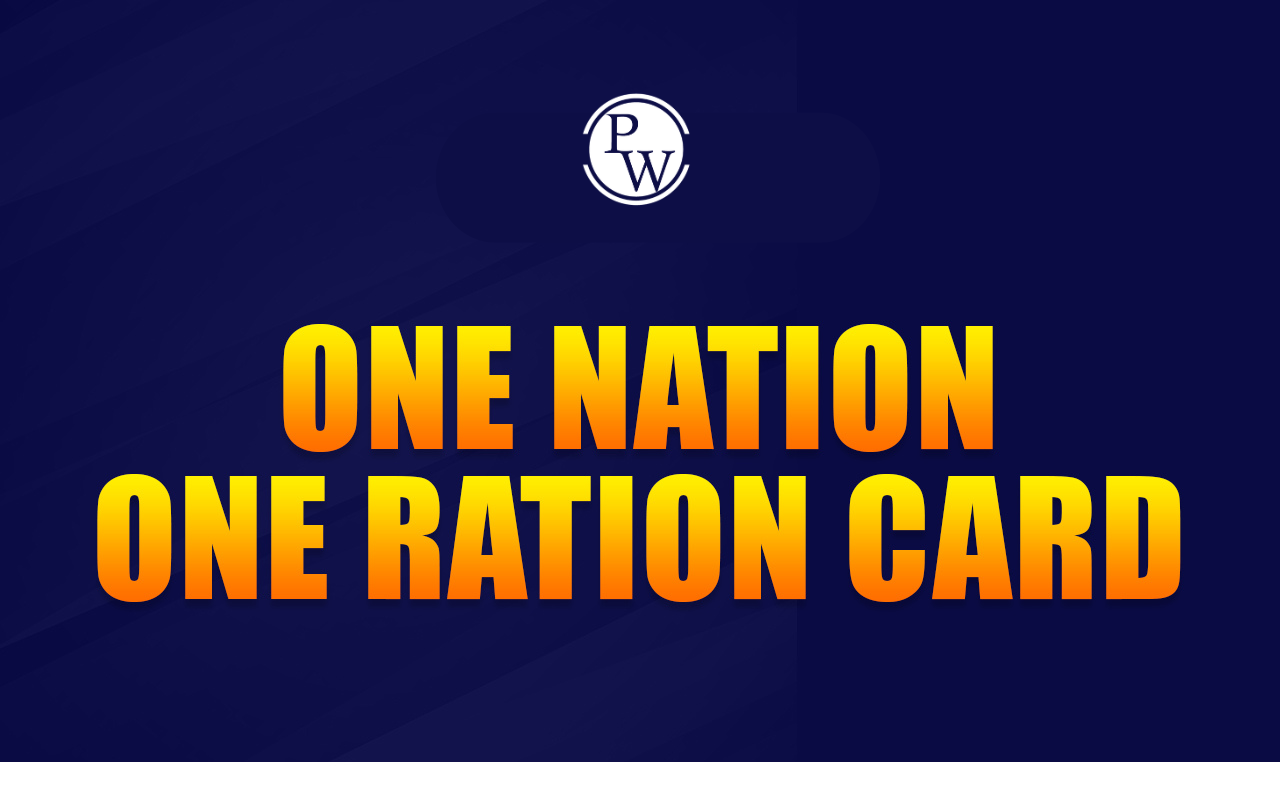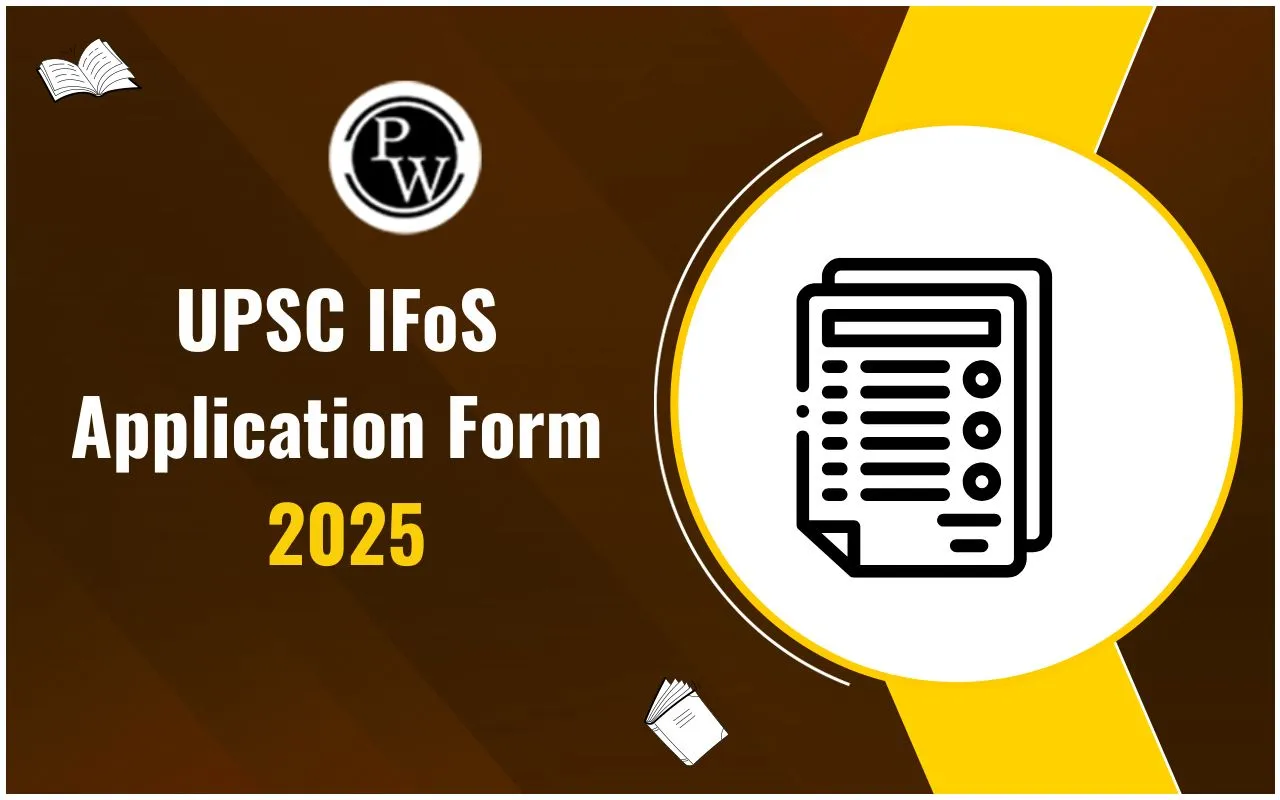
Difference Between Presidential and Parliamentary Form of Government: In a representative democracy , there are two forms of government: presidential and parliamentary. These democratic systems differ in many ways such as the structure, election processes, and the relationship between the executive and legislative branches.
The difference between presidential and parliamentary form of government is an important topic in Indian Polity for the UPSC Prelims and UPSC Mains exams. Candidates need to learn the difference between presidential and parliamentary form of government to understand why this system was adopted in India.What is the Parliamentary Form of Government?
The parliamentary system of government is one in which the ultimate executive power is vested in the elected representative, who is accountable to the parliament. In this system, there are two executives: the President, who is the nominal executive and the head of state, and the Prime Minister, who is the real executive and heads the government. In the parliamentary form of government, the prime minister, who is directly elected by the people along with the cabinet, has the authority to make policies and acts while being responsible for them. Some of the popular examples of parliamentary forms of government are India , the United Kingdom, Germany, and Italy.Features of Parliamentary Government:
- Collective Responsibility: The executive (Prime Minister and Council of Ministers) is collectively responsible to the legislature (parliament). If the parliament passes a vote of no confidence against the government, it must resign.
- Dual Leadership: The system involves a Head of State (usually a monarch or president) and a Head of Government (the Prime Minister). The Head of State is typically a ceremonial role, while the Prime Minister is the actual leader of the government.
- Majority Rule: The government is formed by the political party or coalition that has the majority in the lower house of parliament (e.g., the Lok Sabha in India). The leader of the majority party is appointed as Prime Minister.
- Dissolution of the Lower House: The lower house of parliament can be dissolved by the Head of State on the advice of the Prime Minister.
Also Read: List of Cabinet Ministers
What is the Presidential Form of Government?
The presidential system of government has only one executive as the head of state as well as the government. He or she is known as the president and is elected directly by the people. In the presidential form of government, the executive is independent of the legislature and is not responsible for it. This type of government is followed by countries like the USA and South Korea, which elect their president for a fixed term. Unlike the parliamentary form, there is a clear separation of powers between executive and legislative in the presidential form of government.Characteristics of Presidential Type of Government:
- Separation of Powers: The executive, legislature, and judiciary are separate entities, each with distinct powers and responsibilities. This ensures a system of checks and balances.
- No Fusion of Powers: Unlike a parliamentary system, there is no fusion of powers between the executive and the legislature. The President does not sit in the legislature.
- Head of State and Government: The President serves as both the Head of State and Head of Government, combining ceremonial and executive powers.
- Fixed Tenure: The President serves a fixed term (usually 4 or 6 years), and cannot be removed by a vote of no confidence from the legislature.
Key Difference Between Presidential and Parliamentary Form of Government
The difference between the difference between the presidential and parliamentary forms of government lies primarily in the separation of powers, election methods, and the interaction between the executive and legislative branches. Below are some of the key differences between Presidential and Parliamentary form of government:| Difference Between Presidential and Parliamentary Form of Government | ||
| Parameter | Presidential System | Parliamentary System |
| Executive | One chief executive (President) elected directly by the people | Dual executive: head of state (President) and head of government (Prime Minister) |
| Accountability | Executive is not responsible to the legislature | Executive is responsible to the legislature |
| Election | The president and legislatures are elected separately by the people | Majority party rule |
| Ministers | Ministers can be outside the legislature | Only members of parliament are appointed as ministers |
| Membership | Single Membership | Double Membership |
| Powers | Separation of Powers between legislative and executive | Fusion of powers |
| Tenure | Fixed tenure of the executive | The tenure of the executive may not be fixed e.g. no-confidence motion |
| Dissolution of Legislature | The president cannot dissolve the legislature | The legislature can be dissolved |
| Examples | USA | India |
Parliamentary Vs Presidential Form of Government
The Indian Constitution has adopted the parliamentary form of government at both the central and state levels. Articles 74 and 75 prescribe parliamentary form at the Union level, while Articles 163 and 164 have provisions for parliamentary form in States. This is due to familiarity with this system and a preference for responsible government. Further, constitution makers wanted a system that suited the diversity of India and avoided conflict between legislative and executive. Here are some of the merits and demerits of the parliamentary vs. presidential form of government:| Parliamentary vs Presidential Form of Government | ||
| Advantages/Disadvantage | Parliamentary Form of Government | Presidential Form of Government |
| Advantages |
|
|
| Disadvantage |
|
|
| UPSC Related Articles | ||
| UPSC Prelims Mock Test 2024 | Newspaper for UPSC | UPSC Prelims Admit Card |
| UPSC Study Material | UPSC Scholarship Test 2024 | UPSC CSAT Syllabus |
Difference Between Presidential and Parliamentary Form of Government FAQs
What is the difference between the Presidential and Parliamentary Form of government?
The presidential system has a single executive elected directly by the people, while the parliamentary system has a dual executive with the President as head of state and the Prime Minister as the head of government.
Is India a presidential or parliamentary system?
India follows a parliamentary system where the Prime Minister along with the Council of Ministers has executive power for which they are accountable to the Parliament.
Why India is called a parliamentary form of government?
India is called a parliamentary form of government as it has two heads and the executive is responsible to the legislature.
What are the merits of the parliamentary system of government?
The merits of the parliamentary system of government include collective responsibility and efficient decision-making due to the fusion of powers.
What are the disadvantages of the presidential form of government?
The drawbacks of the presidential form of government include the potential for deadlock between legislative and executive bodies and the risk of autocracy.
Talk to a counsellorHave doubts? Our support team will be happy to assist you!

Free Learning Resources
PW Books
Notes (Class 10-12)
PW Study Materials
Notes (Class 6-9)
Ncert Solutions
Govt Exams
Class 6th to 12th Online Courses
Govt Job Exams Courses
UPSC Coaching
Defence Exam Coaching
Gate Exam Coaching
Other Exams
Know about Physics Wallah
Physics Wallah is an Indian edtech platform that provides accessible & comprehensive learning experiences to students from Class 6th to postgraduate level. We also provide extensive NCERT solutions, sample paper, NEET, JEE Mains, BITSAT previous year papers & more such resources to students. Physics Wallah also caters to over 3.5 million registered students and over 78 lakh+ Youtube subscribers with 4.8 rating on its app.
We Stand Out because
We provide students with intensive courses with India’s qualified & experienced faculties & mentors. PW strives to make the learning experience comprehensive and accessible for students of all sections of society. We believe in empowering every single student who couldn't dream of a good career in engineering and medical field earlier.
Our Key Focus Areas
Physics Wallah's main focus is to make the learning experience as economical as possible for all students. With our affordable courses like Lakshya, Udaan and Arjuna and many others, we have been able to provide a platform for lakhs of aspirants. From providing Chemistry, Maths, Physics formula to giving e-books of eminent authors like RD Sharma, RS Aggarwal and Lakhmir Singh, PW focuses on every single student's need for preparation.
What Makes Us Different
Physics Wallah strives to develop a comprehensive pedagogical structure for students, where they get a state-of-the-art learning experience with study material and resources. Apart from catering students preparing for JEE Mains and NEET, PW also provides study material for each state board like Uttar Pradesh, Bihar, and others
Copyright © 2025 Physicswallah Limited All rights reserved.






